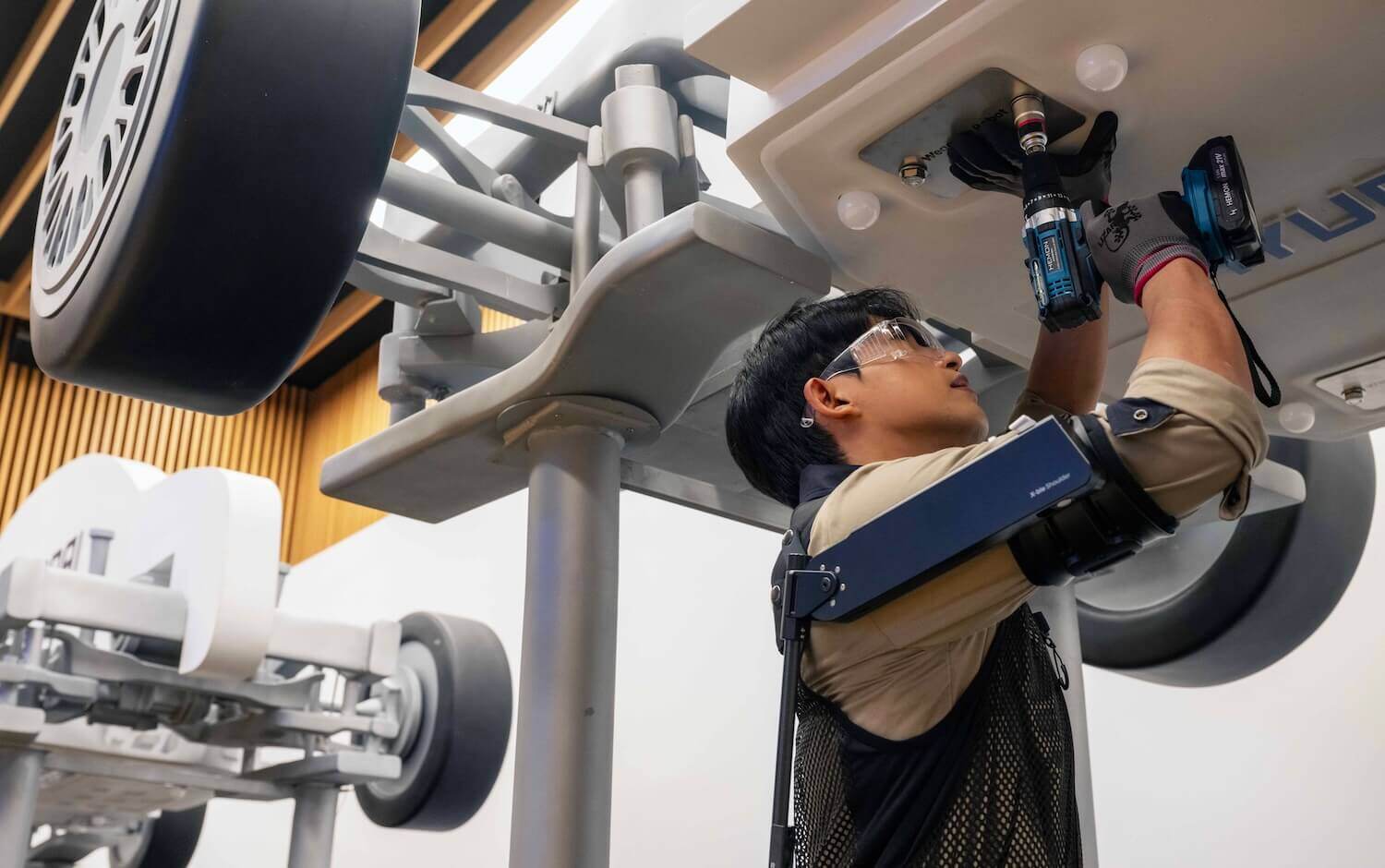Influencers shape public discourse daily, but there’s a problem: two-thirds skip rigorous fact-checking, according to a recent UNESCO report, with 42% gauging credibility by likes and shares and others trusting content simply because their friends shared it. But, according to UNESCO’s survey, they’re open to improvement. Nearly three-quarters want to learn how to verify information properly.
Addressing that critical verification gap, UNESCO and the Knight Center for Journalism in the Americas have launched a free, month-long global course created by media literacy experts and leading influencers, available in English, French, Spanish and Portuguese. The initiative has already drawn over 9,000 participants from 160 countries, aiming to equip creators with essential skills in source verification, disinformation detection and collaboration with traditional media outlets.
Beyond addressing immediate concerns about the spread of disinformation, the program suggests a future where digital influencers could serve as more reliable bridges between news sources and their audiences, potentially transforming how verified information flows through social media channels. For brands that champion knowledge and trust, supporting this shift is an opportunity to foster a more informed society — wherever people choose to get their news.
Select your country
- Argentina
- Australia
- Austria
- Belgium
- Brazil
- Cambodia
- Canada
- Chile
- China
- Colombia
- Costa Rica
- Croatia
- Czechia
- Denmark
- Estonia
- Finland
- France
- Germany
- Ghana
- Greece
- Guatemala
- Hong Kong
- Hungary
- Iceland
- India
- Indonesia
- Ireland
- Israel
- Italy
- Japan
- Kenya
- Latvia
- Lithuania
- Malaysia
- Mexico
- Morocco
- Netherlands
- Nigeria
- Norway
- NZ
- Paraguay
- Phillippines
- Poland
- Portugal
- Puerto Rico
- Romania
- Serbia
- Singapore
- Slovakia
- Slovenia
- South Africa
- South Korea
- Spain
- Sweden
- Switzerland
- Taiwan
- Thailand
- Turkey
- UAE
- UK
- Ukraine
- US
- Uruguay
- Venezuela
- Vietnam
Select your country
- Argentina
- Australia
- Austria
- Belgium
- Brazil
- Cambodia
- Canada
- Chile
- China
- Colombia
- Costa Rica
- Croatia
- Czechia
- Denmark
- Estonia
- Finland
- France
- Germany
- Ghana
- Greece
- Guatemala
- Hong Kong
- Hungary
- Iceland
- India
- Indonesia
- Ireland
- Israel
- Italy
- Japan
- Kenya
- Latvia
- Lithuania
- Malaysia
- Mexico
- Morocco
- Netherlands
- Nigeria
- Norway
- NZ
- Paraguay
- Phillippines
- Poland
- Portugal
- Puerto Rico
- Romania
- Serbia
- Singapore
- Slovakia
- Slovenia
- South Africa
- South Korea
- Spain
- Sweden
- Switzerland
- Taiwan
- Thailand
- Turkey
- UAE
- UK
- Ukraine
- US
- Uruguay
- Venezuela
- Vietnam


















